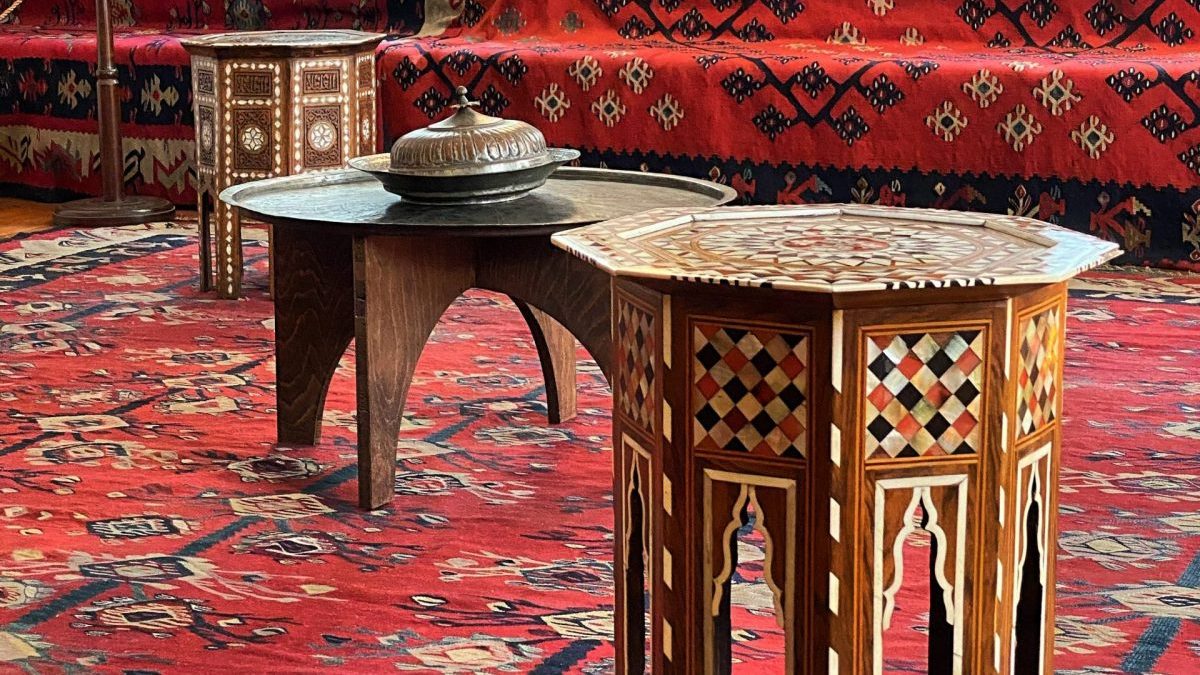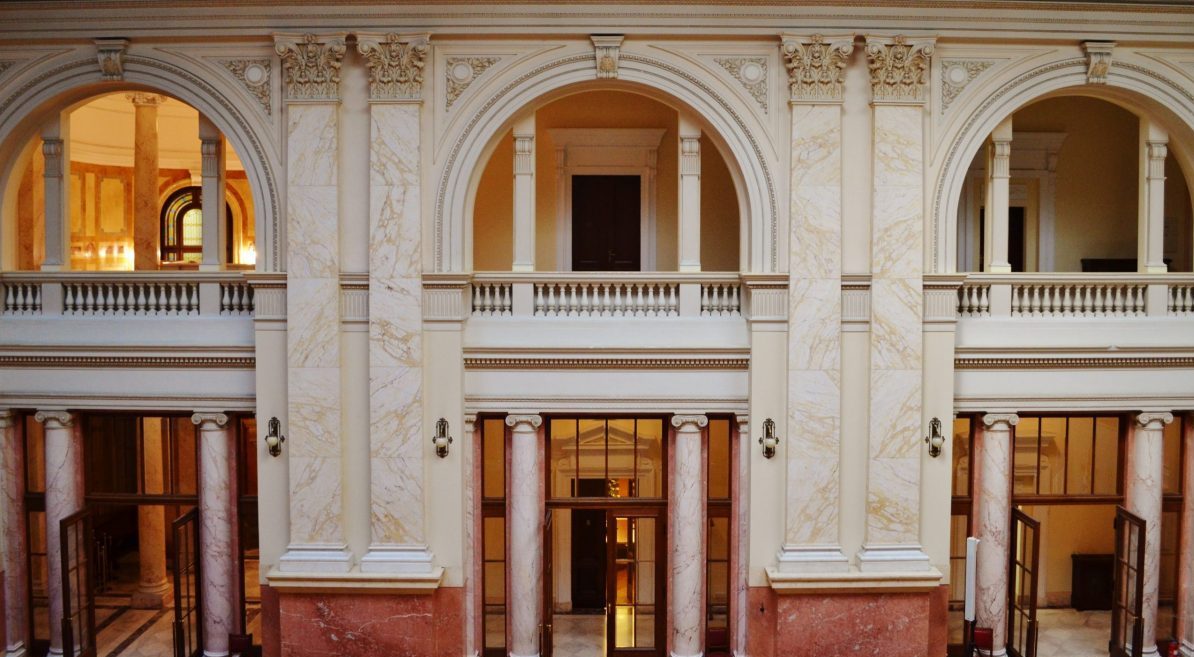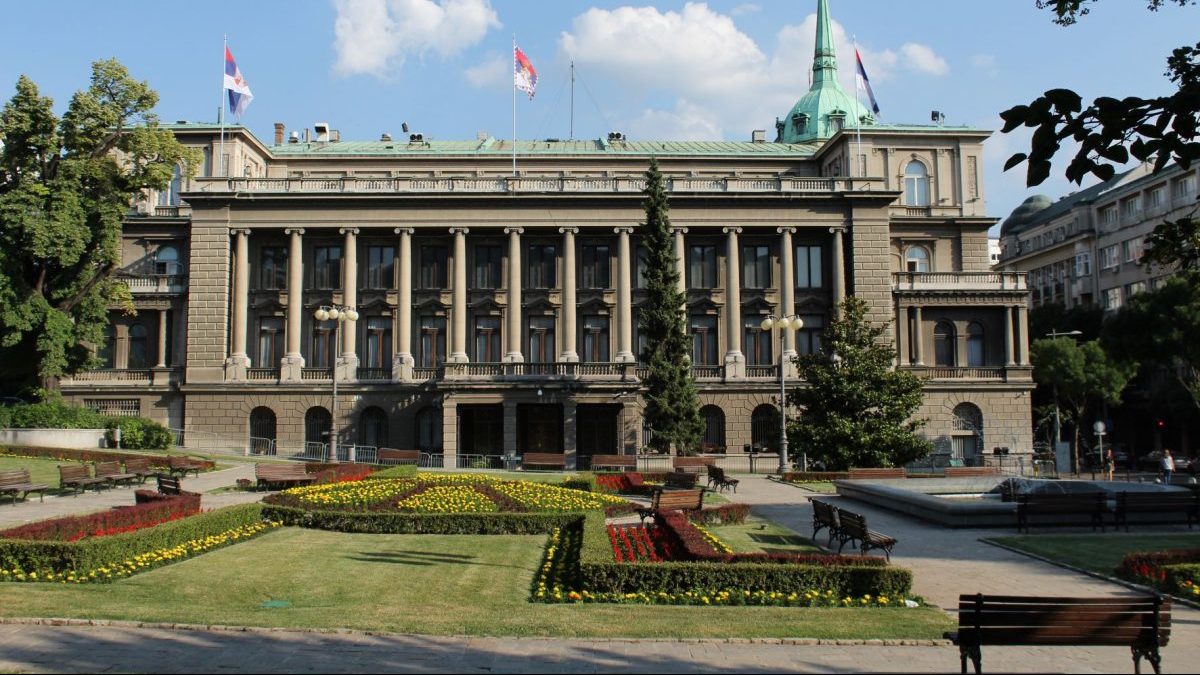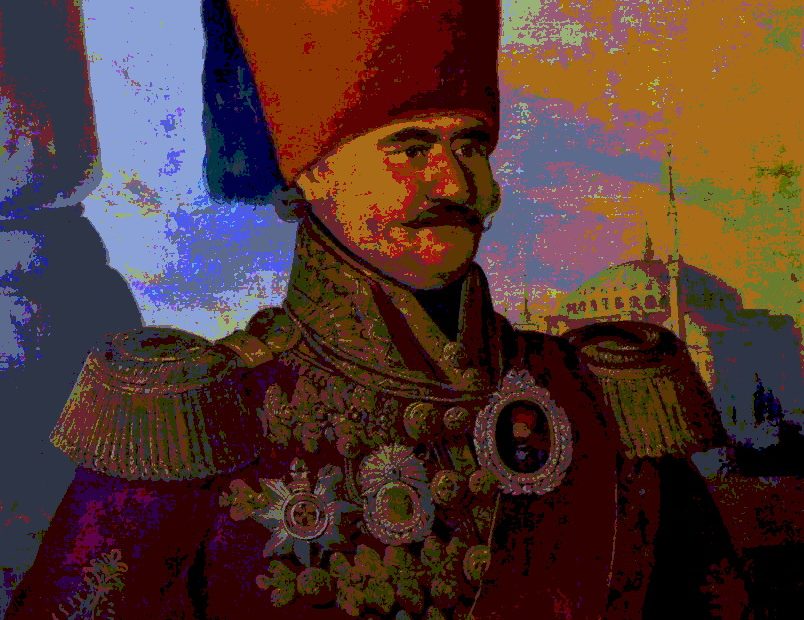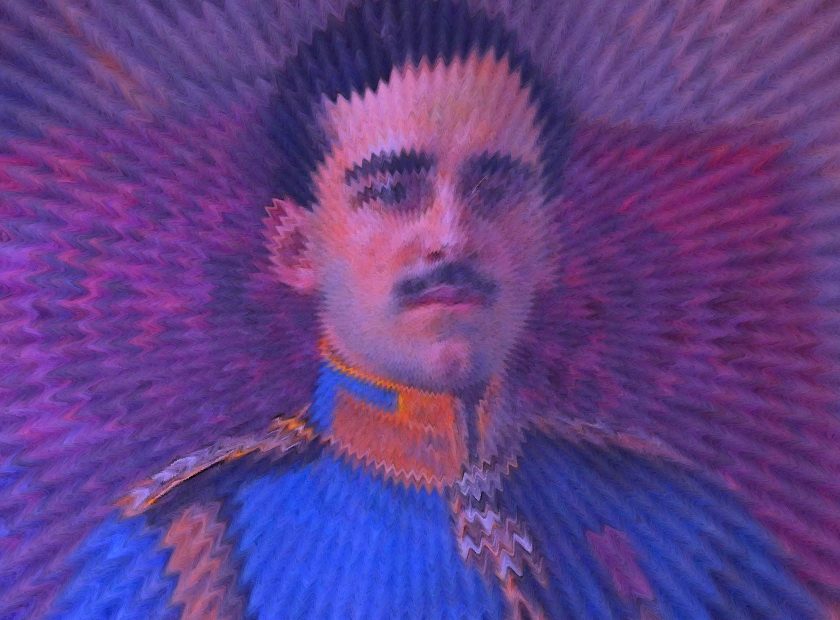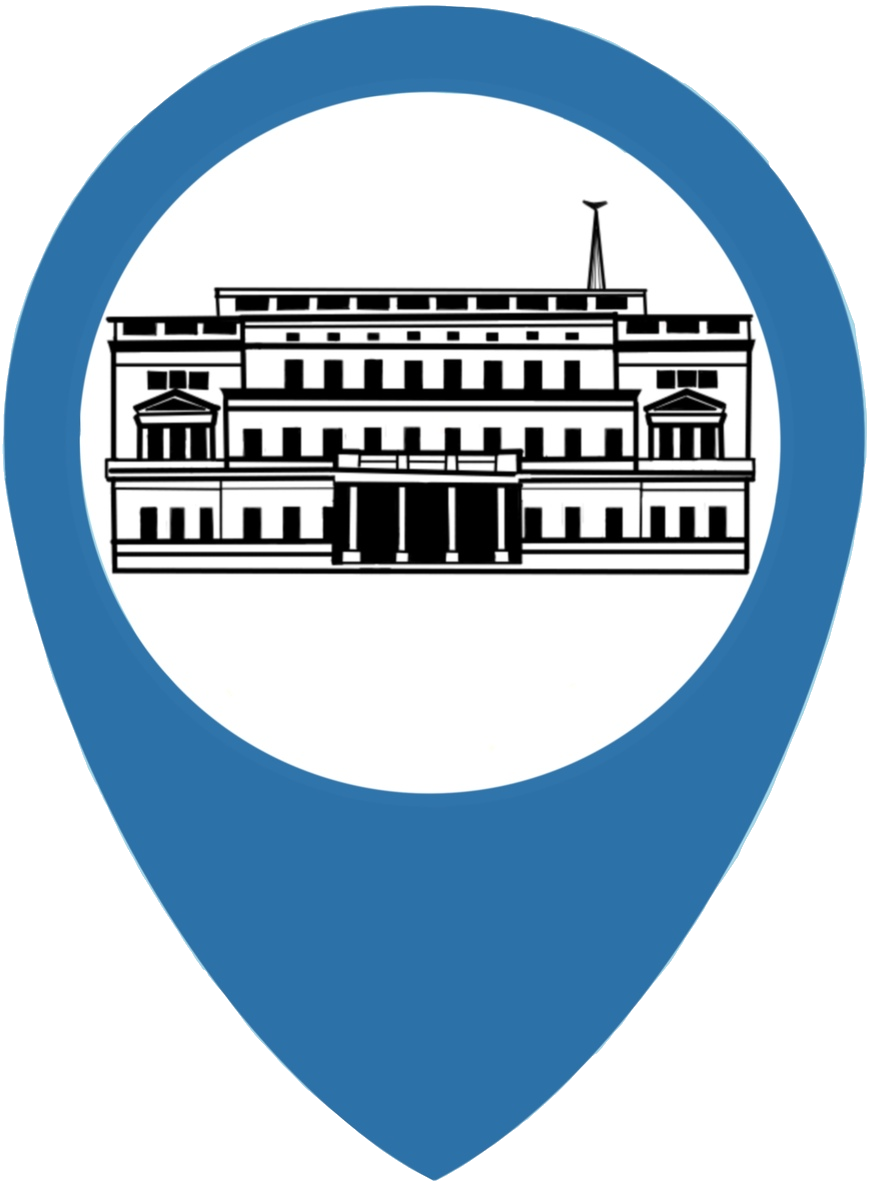COBBLESTONE VS ASPHALT
At the beginning of the 19th century, there were four main gates which led to Belgrade : Sava-gate, Varoš-gate, Stambol-gate and Vidin-gate. The city was divided into two unequal parts: The Serbian part which was smaller and oriented towards the river Sava. The other notable district was the Turkish part which was far larger and is called Dorcol. Dorcol was oriented towards the river Danube. The streets were winding, mostly paved with Turkish cobblestone, some very steep, with no illumination at night. At that time, Belgrade had two suburbs: Savamala and Palilula. From 1835, the expansion of Belgrade began in the direction of today's city district Vracar. Prince Miloš invited engineer Franz Janke to make a site plan. In the 1840s, Belgrade spread towards city district Palilula and merged with Vracar. The adoption of legal documents laid the foundations for the future urbanization of the city, so the first city plan was drawn up by Emilijan Josimović in 1867. This year marks the beggining of the Belgrade's liberation from Ottoman rule, and a new phase of modernization of the city. The city center moves on the axis Knez Mihajlova Street - Slavija, which was the first tram network, initially with a horse-drawn carriage, and from 1892 onwards with an electric drive. A year later, power plants were introduced to Belgrade, which supplied street lighting, although the first lightbulb in Belgrade was turned on in 1880. In 1892, the first water supply system was put into operation, and in 1914, sewerage was finally introduced.
BELGRADE DURING THE RULE OF THE OBRENOVIC DYNASTY
The royal family Obrenovic were patrons of a plethora of infrastructure, such as the Residence of Princess Ljubica, the Residence of Prince Milos in Topcider, the Old Palace, the National Theater in Belgrade, the Botanical Garden Jevremovac, the park Tasmajdan, and many others
BELGRADE DURING THE RULE OF KARAĐORĐEVIC DYNASTY
The Karadjordjevics are also a Serbian royal dynasty. The founder of this dynasty is Djordje Petrovic, better known as Karadjordje, who initiated the First Serbian Uprising against the Ottoman Empire. In 1811 he was declared the ruler of Serbs.
Koordinator grupe, administrator i fotograf Maša Popesković, istraživač Ana Sarić, istraživač Bogdana Novaković, fotograf Mila Antonović, dizajneri: Lana Antanasijević, Andrea Plazinić


